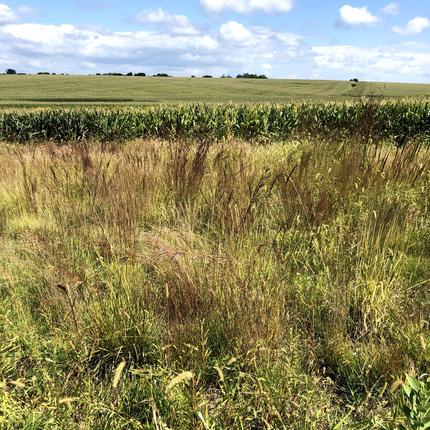Teresa Hoffman, senior communications associate, teresah@cfra.org, 402.687.2100 ext. 1012
LYONS, NEBRASKA – For agricultural soils in the midwestern U.S. to continue to be productive, conservation practices must be widely implemented, according to a new report from the Center for Rural Affairs.
“Conservation on working lands provides many ecosystem services, including water quality and soil health improvement, wildlife habitat, and reduced operation cost,” said Kayla Bergman, senior policy associate at the Center. “Not covered as often, however, is the carbon sequestration and greenhouse gas emission reductions these practices provide.”
Authored by Bergman, the report “Conservation Practice Impact on Carbon Sequestration” takes a closer look at that lesser-advertised benefit. Bergman said soil organic matter is an important indicator of soil health and affects the soil’s physical, chemical, and biological properties.
“Healthy soil with high levels of organic matter and soil organic carbon provide many benefits to those using the land for productivity, including water-holding capacity, aggregate stability, and nutrient availability,” she said.
In addition to looking at the benefits of healthy soil, the report provides information on conservation practices—often called climate smart agricultural practices— that increase soil organic carbon while still using the soil for agricultural production, as well as tools for evaluating carbon sequestration and funding available from the U.S. Department of Agriculture-Natural Resources Conservation Service.
For more information or to view “Conservation Practice Impact on Carbon Sequestration,” visit cfra.org/publications.
# # #





